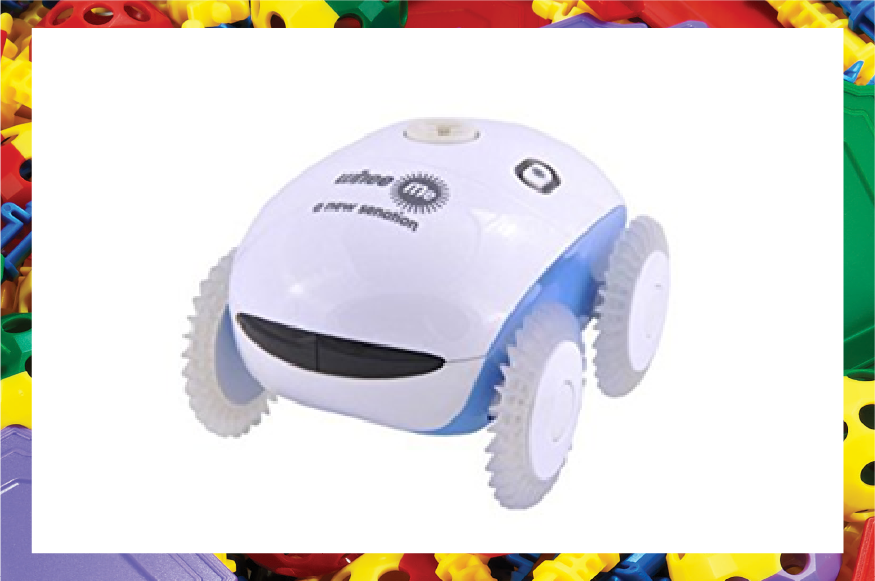

Robots in Healthcare
Robotics performing surgeries are transforming the medical field because they allow surgeons to enhance their expertise. These surgical robots, such as the daVinci Surgical System, facilitate the procedure through instructions from the surgeons who make use of a computerized console to use tools attached to the arms of the robots. Advances in this field have allowed surgeons to perform surgeries like

HOUSEKEEPING ROBOTS
Housekeeping robots are becoming increasingly common in both homes and workplaces. An example of a household robot is the Mint Automatic floor cleaner, manufactured by iRobot. These cleaners use sensors to pilot through the room, sweeping floors while avoiding the walls, carpet and furniture. By reducing human effort and allowing simple tasks to be done quickly and efficiently, these robots are transforming the way we make use of our time.

Relaxation Robot
The relaxation robot by WheeMe that is the world’s first body messaging machine available in the market. Compact and lightweight, this robot can be easily held in your palm and used to massage body parts. This handy robot weighs only 240g and is a brilliant device for therapeutic treatment.
Car Production
The automobile industry is making use of robotics to manufacture cars, saving the automakers production costs and time. These are equipped with wheels, sensors, mechanical arms and tools to enable them to work in assembly lines. The process of car manufacturing is now safer due to the use of robot workers that perform challenging and complex tasks at a pace humans can’t. These tasks range from simple work like installation and painting to more difficult activities like welding and assembling.
Other Uses of Robots
Automation has transformed the existing labor trends, with humans being replaced by robots in various domains. They are seen executing surveillance activities, serving as lifeguards, acting as spies, cleaning our streets and operating home appliances. According to Allied Marketing Research, the robotics technology

market will reach an astounding $82.7 billion by 2020. Robotics is expected to make breakthrough progress in the future with inventions like smart-cars driven by chauffeur robots, robots that will serve you fries and nurse bots in hospitals.
References
https://ifr.org/ifr-press-releases/news/world-robotics-report-2016
http://www.webdesignschoolsguide.com/library/10-things-we-couldnt-do-without-robots.html
https://www.bustle.com/p/12-ways-robots-may-change-our-lives-in-the-very-near-future-63869
http://www.constructionworld.org/wp-content/uploads/2017/02/shutterstock_279918557.jpg
https://cdn-images-1.medium.com/max/1200/0*yOkjAS96MhX4nSHS.jpg
https://images-na.ssl-images-amazon.com/images/I/41BzDiSIwsL._SY355_.jpg
http://medicalfuturist.com/wp-content/uploads/2015/10/medical_robotic_technologies.jpg








